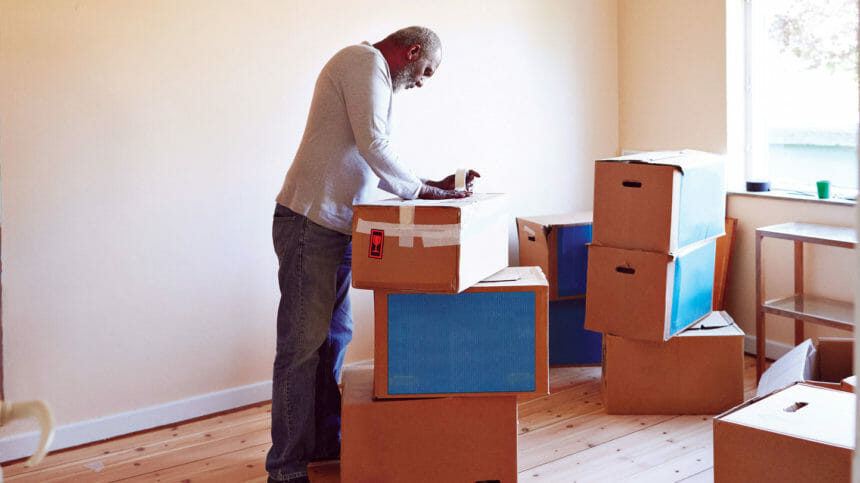
A new study encourages clinicians to look at frailty on a continuum instead of a black-and-white approach. Authors of the study created a new score to help them assess how strong or weak a person may be. The researchers said doctors can use the scale to include people with a wider range of abilities and assist those who may be able to improve their vigor level.
A team led by a University of Pittsburgh School of Public Health epidemiologist published the study on Oct. 17 in The Journals of Gerontology: Series A. The team evaluated data from 879 people aged 70 and up. The data came from the Study of Muscle, Mobility and Aging (SOMMA). That’s what they used to formulate the SOMMA Vigor to Frailty Score. The index measures people on a scale of 0 to 12, with 0 being vigorous and 12 being frail. It includes metrics such as oxygen consumption and leg power.
The higher the number on the scale, the more likely people are to have functional limitations affecting their mobility and activities of daily life. In fact, people with a 12 are 31 times more likely to have those functional limitations.
The researchers say that the score can guide clinicians as they evaluate older adults to better measure their strength and overall health. It can also help them to assess whether a person needs other medical care or assistance recovering from a surgery.
“Frailty in older adults is a way to describe their vulnerability and age-related decline in health,” Anne Newman, MD, a distinguished professor of epidemiology at Pitt Public Health and clinical director of the Aging Institute at Pitt and UPMC, said. “It is related to disability, but it can be present in older adults without any apparent disabilities. It is in these apparently healthy people that frailty is most challenging to identify.”
The authors say that existing methods to assess frailty focus on the weakest individuals, but they don’t discern potential weakness or less-severe frailty among those who aren’t considered frail.
“By determining where patients fall on the continuum of frailty to vigor, we hope to better predict their resilience to stress, such as recovery from surgery,” the authors wrote.



